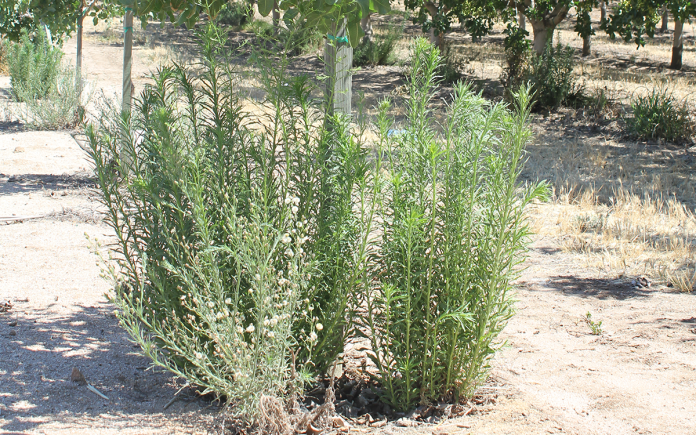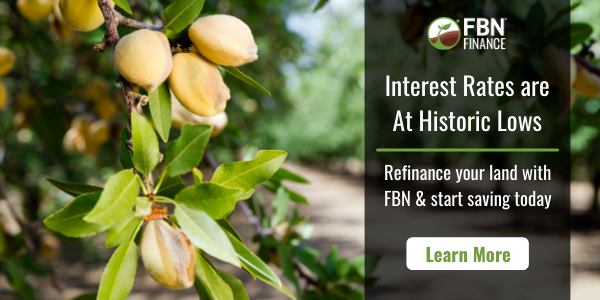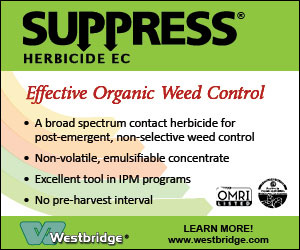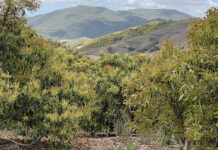
Weed control in tree nut orchards can be a moving target. New species can be introduced, herbicide application timing varies depending on the weed type and weed species can become resistant.
Many management tools are available for growers and farm managers, but methods of use can vary from year to year and from orchard to orchard.
Weeds affect young orchard growth by competing for water and nutrients. Large weeds can provide habitat for vertebrate pests, insect pests and contribute to the presence of nematodes and disease.
Almond Board of California’s Senior Specialist in Pest Management Drew Wolter said changes in weed populations from year to year, plus new, invasive weed species, challenge tree nut growers every year.
Weather conditions can influence weed populations. Salt or drought tolerance in a weed species allows it to proliferate in those conditions.
Soil texture and organic matter also affect weed populations. Annuals, including Puncture vine and horseweed, and perennials, such as Johnson grass, nutsedge and Bermuda grass, can dominate in lighter textured soils. Heavier soils will host curly dock, field bindweed and dallisgrass.
The UC IPM guidelines report that higher rates of preemergent herbicides may be necessary in clay or clay loam soils to achieve the same level of weed control as a lower rate in lighter soils.
Soil texture and irrigation methods also play a role in weed germination and establishment.
Horseweed, Italian ryegrass and field bindweed are three major weed species that invade tree nut orchards. Palmer amaranth and another amaranth species, such as hempweed, are two newer weeds that can pose challenges to control due to herbicide resistance. This is particularly problematic since there are few products registered for managing weeds in young orchards.
Horseweed’s prolific seed production makes this weed difficult to control. Herbicide control is more effective when this weed is in the rosette stage.
Field bindweed is one of the most difficult weeds to control, Wolter said. Its persistence is due to a vigorous horizontal rhizomatous system that can give rise to new roots and shoots once aboveground vegetative matter is knocked down or when roots are disturbed.
Systemic herbicides, such as glyphosate, should be applied when the plant is in its full bloom stage. During this stage of growth, the roots’ carbohydrate reserves are at their lowest, and the sugars produced in the leaves are being moved downward to the root system.
Italian ryegrass’ genetic diversity makes it difficult to develop a specific management plan. A winter annual, its seeds can germinate year-round in some conditions.






















